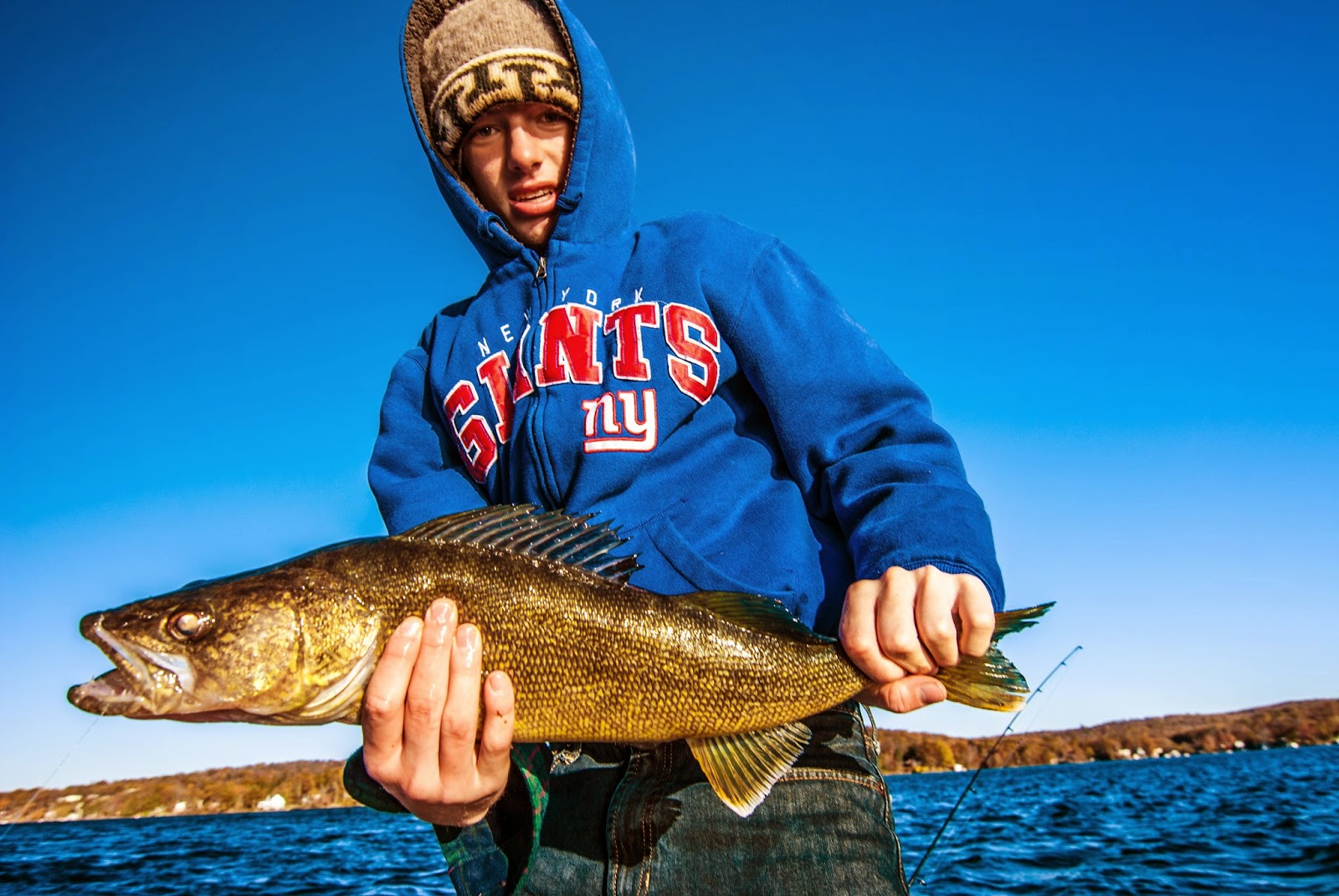Happy New Year! Should be another good one, and we may have ice soon.
Pickerel and perch especially fish
well through the ice, and plenty are being caught. The February 16th derby
winning pickerel was 3 pounds, 12 ounces, and 2nd and 3rd
place fish were also over three pounds. The winning walleye was also 3 pounds,
12 ounces, not large as this species goes, and the winning yellow perch was 1
pound, 3 ounces—larger than the winning largemouth bass at 1 pound, 1 ounce.
This does not mean that Hopatcong bass
are small. They don’t fish as well as pickerel and perch through the ice, and
no one happened to catch any good sized that day. I got a weekend report from
Laurie Murphy at Dow’s Boat Rentals on Monday, February 24th, which
included news of a 5 pound, 6 ounce largemouth weighed in at the shop’s scales.
The bass was released. Perhaps a party cooler, filled by a siphon stuck through
the ice, was used to transport the bass alive. How it was done I prefer to
leave to imagination. On Gropp’s Lake, Mercer County, we used to construct
live wells by hollowing out 18 inch thick ice, then cutting a small hole
through the bottom.
I also heard from somewhere or other
that during the February derby, a few small muskies of about 40 inches were
caught. Muskies are not included in the contest, since the overwhelming
persuasion on the lake is to release these fish.
If you want to try for muskies, walleye,
or even hybrid stripers and big channel catfish, ice fish one of the many main
lake points. If you can find parking at Dows, you can access Nolan’s and
Chestnut points, or even walk clear across the lake to Elba or Pickerel points.
In any event, purchase a Fishing Map
Guides topographic map of Hopatcong, which shows the points, coves, and
pickerel flats. If you do fish the main lake, most of the walleye, hybrid
stripers, and catfish will probably be 30-45 feet deep. Muskies are not
necessarily so deep, although they often are way down at bottom. Sometimes a
smallmouth bass is caught at Chestnut Point, but whatever the reason, this
species is stubborn through the ice.
Largemouth bass are better through the ice than smallmouth, but finding where they are is difficult.
Pickerel are relatively easy to find and better acclimated to cold water
feeding. The State Park flats, for example, about six feet deep when the lake’s
level is normal, are acres of weed beds that pickerel prowl winter, summer,
spring, and fall. The River Styx is another example of extensive weedy shallows
that can be productive for ice fishing. Woodport is productive also, and a good
bet with low water now. Perch are available in these spots too, and often rove
about in large schools through other areas as well.
Most of the perch fishing is done by
jigging a tiny jig with a mousy grub on the hook. A good idea is to exercise
with the manual or power auger and cut a lot of holes. If a school swings in
under one hole and is gone after a minute, you can move to another hole and
possibly catch up. In any event, especially if you use a hand auger, this is a
sure way to keep warm if it’s cold out. The effort expended on ice 18 inches
thick is substantial.
Laurie Murphy told me recently that
she remembers years when the ice wasn’t completely gone until early April. It
was amazing to contemplate a photo taken of Lake Absegami in Ocean County on
February 22nd this year completely ice free. The Highlands are certainly a
winter attraction if you learn how to approach them, while South Jersey is
another story entirely.
Even Round Valley Reservoir has ice a
foot thick at the time of this writing, and ice fishermen are catching lake
trout 60 feet deep. It will be interesting to see how long the ice fishing
season extends this year. Even if you don’t care to actually fish through the
ice, getting out on a frozen lake for a walk can be a very stimulating, brisk
way to relax.




















































